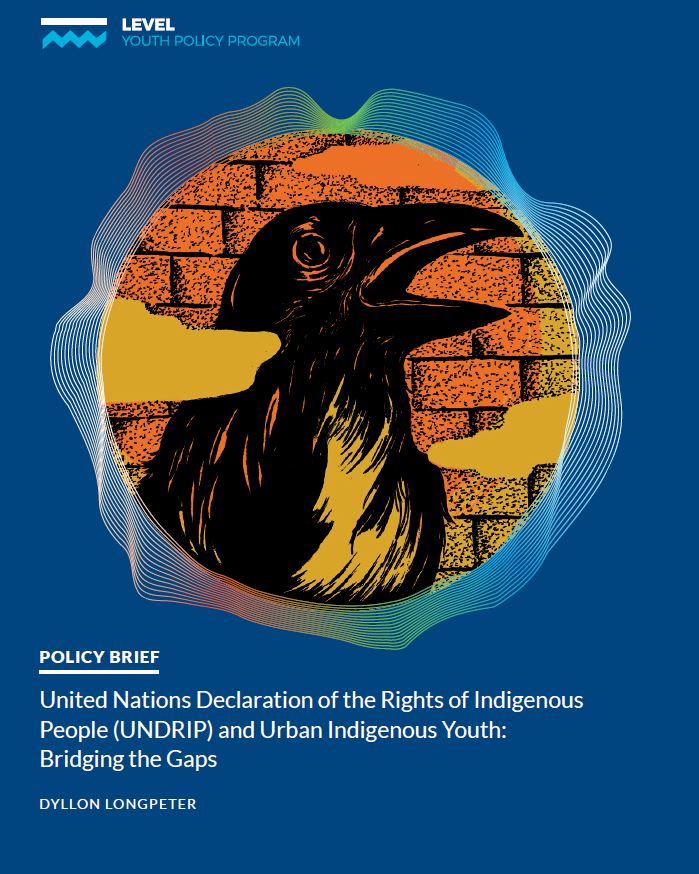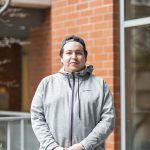This document was created to enhance the importance of culture and to provide recommended supports for urban Indigenous youth.
In order to address the socioeconomic issues that Indigenous youth experience daily, we need to implement the United Nations Declarations on the Rights of Indigenous People (UNDRIP), and emphasize on the four quadrants of the Medicine Wheel: mental, physical, emotional, and spiritual.
UNDRIP is made up of 46 articles covering support for Indigenous People. In September 2007, it was adopted by the United Nations General Assembly. In November 2019, the government of British Columbia introduced legislation to implement UNDRIP as a framework for Reconciliation. The Declaration Act is “supposed” to provide for the protection of culture, identity, language, employment, health, education, as well as many other provisions that are meant to constitute the minimum standards for the survival, dignity, and well-being of the Indigenous people of the world (UN General Assembly, United Nations Declaration on the Rights of Indigenous Peoples pp. 1–15).
However, the United Nations’ Declaration is still not effectively meeting the needs of cities/ communities and off-reserve urban Indigenous youth in BC. Urban Indigenous youth are provided the bare minimum of a connection to culture and their well-being. It is evident that there are negative outcomes that are left over from colonization and assimilation, where high rates of homelessness, addiction, and incarceration still exist.
While BC’s Declaration Act provides a framework to implement UNDRIP, it explicitly includes Indigenous governance structures outside of the Indian-Act imposed Chief and Council system, such as hereditary systems. However, urban Indigenous youth, who may be separated from their homelands and culture, may not share the benefits of implementing UNDRIP and upholding Indigenous rights, which are often land-based.
What we need to do is partner with organizations that create programs and services to decolonize spaces that provide better supports for urban Indigenous youth, and gives them access to culture, when needed. By creating this policy and having it in place, we can begin to provide connection and achieve positive outcomes that are inspired by traditional values and teachings.


